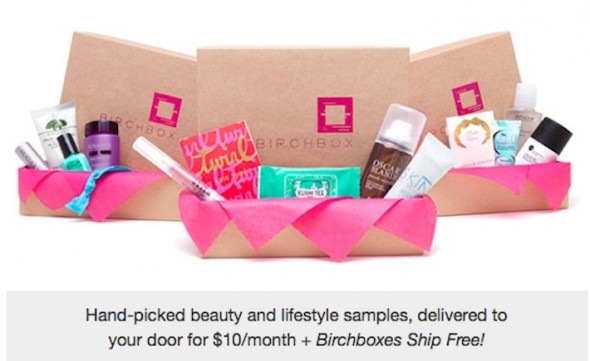Fashion thrives on constant change. If designers didn’t show new collections at fashion week to signal the start of each season, fashion probably wouldn’t exist because nothing would change. For this reason, disruptive innovation, creating new markets through innovation, has always been essential to the fashion industry. But recent innovations might be doing the opposite of what technology has done for fashion in the past.
In the Industrial Revolution, the birth of mass production gave more people of all social classes easier access to clothes at a more affordable price (Kawamura ). After World War II, many fashion houses started up to compete with foreign countries, increasing America’s accessibility to high fashion (Ad Age). Between then and now, technology has only strengthened our desire to keep up with the latest fashions. This increased fascination with fashion has been fueled by a consumerism-driven society that encourages individualism and the need to keep up with a constantly evolving world.

First, online shopping transformed fashion. Instead of wasting time and money to go to the store, consumers could shop in the convenience of their own home. Then, many online shops began offering free shipping, making online shopping even more enticing. Social media gave customers a way to interact with stores, participate in surveys, contests and receive discounts.
More recently, the fashion and beauty industry has introduced the idea of monthly sample packages. Birchbox is a beauty company that sends customers personalized packages with samples of beauty products every month. The $10 monthly fee gives customers the ability to see if they like products before dropping cash on the full version. Other companies have followed the company’s lead in the fashion industry and beyond. Ipsy is also a beauty box company like Birchbox, but customers also get access to videos and expert advice on how to use the makeup on the store’s website. The company was started by worldwide Youtube beauty blogger Michelle Phan, who is credited for starting beauty blogging online.

Clothing stores have also jumped on to a similar trend. Online stores like Bag, Borrow or Steal allow customers to rent designer handbags for a fraction of the original cost. Just as the Birchbox and Ipsy reduce prices by selling sample sizes, Bag Borrow or Steal does the same but by renting. Additionally, if customers sign up for the $49 monthly subscription fee, they are sent three items for that month. At the end of the month, they send the bags back and receive three new ones the next month. Other companies have followed by renting designer clothes as well.
This type of disruptive innovation has given rise to online retailers, but what will happen to on-site retailers? And what about designers? If people are obsessed with having the newest fashions, it makes more sense to rent them so they save money. While this disruptive innovation greatly benefits consumers, it seems it’s killing designers and permanent stores. Is this the end of on-site stores?
Edited by Armen Sargsyan
Sources:
http://www.bergfashionlibrary.com/viewencyclopedia/bewdf/BEWDF-v10/EDch10025.xml
http://adage.com/article/75-years-of-ideas/1940s-war-cold-war-consumerism/102702/

Nice! So true about the invention of online shopping and sample sending revolutionizing the fashion and beauty industries. It’s crazy how in all industries everything becomes more and more convenient for the consumer. I wonder where that will put us in 20 years… we might never have to leave the couch!